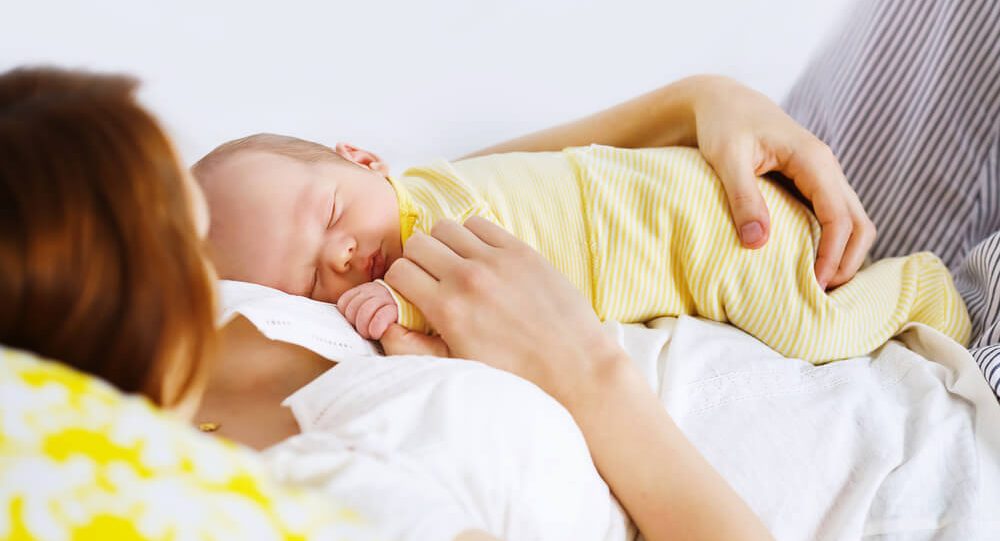COMMON HEALTH ISSUES IN INFANTS TO WATCH OUT FOR
 Jul,27,2020
Jul,27,2020
It is a proven fact that small babies are vulnerable to infections and a number of health issues. This is because the immune system in infants will be in a developing stage, unlike the adults. That is, even a minor or simple health problem may cause severe complications in their case. Hence, you must be extra careful when it comes to the health condition of your newborns.
Of course, the first few months of motherhood will be filled with anxiety in the case of most women. Still, you need to be aware of the health issues that are common in newborn babies, such as eczema, asthma, urinary tract infections, etc. All these diseases require urgent pediatric assistance and care as well.
Note that there are some other health problems in infants that most people tend to overlook. Even though most of such issues can be cured without a medical treatment, it may lead to complications at times. Hence, it is recommended to consult a pediatrician right away if you see any of the following health conditions in your baby.
Blocked Tear Ducts
In some cases, the eyes of babies tend to tear a lot. This is probably because of blocked tear ducts. The tears from the corner of their eyes are drained to their nose through the nasolacrimal duct. When this tear duct is blocked, the tears will not be able to drain out. Some other symptoms of blocked tear ducts include the presence of a yellowish discharge and redness in the affected eye.
In normal cases, you need not have to worry because the tear ducts of babies tend to open up with time. Usually, this issue will be solved before your baby turns one. You can speed up the recovery process by slowly massaging the side of your infant’s nose as well. This may instantly open up the tear duct. In case the symptoms prevail for a longer period or if your baby is affected by tear duct issues frequently, it is recommended to avail pediatric care.
Abdominal Distension
Abdominal distention is a condition that is identified by means of a protruded belly. It occurs when certain substances such as fluid, air, etc., accumulate in the stomach causing it to expand. This may lead to other health issues like cramping, nausea, pain, etc. In extreme cases, the affected people may experience shortness of breath as well.
Generally, newborn babies will have jutting tummies. Nevertheless, if you feel that your newborn’s belly is swollen or hard in between the feeds, it is recommended to consult a doctor. In most cases, it will be because of constipation or acidic problems. Still, it is not a wise decision to overlook this condition because it can be a sign of some severe underlying conditions as well in their body. Remember, abdominal distention can be life threatening in some extreme cases, so consult a pediatrician as soon as possible.
Cradle Cap
A baby suffering from cradle cap condition or infantile seborrheic dermatitis will have oily or crusty patches of skin on their scalp. Even though it does not cause any itchiness, it will be really challenging to remove these yellow or white scales. Hence, parents are more affected by cradle cap rather than their babies. Some of the other notable symptoms of cradle cap disease include dry or oily skin on the scalp that is covered with flaky yellow or white scales, redness in the affected area, skin flakes, etc.
Luckily, these scales will clear up on its own with time. Nevertheless, you can speed up the process by washing your baby’s head daily using a mild shampoo. This way, it will be easier for you to remove the scales off your baby’s head. Yet again, it is recommended to consult with a doctor if the cradle cap condition is severe. The pediatricians will usually prescribe a lotion or a medicated shampoo in order to cure it fast.
Cyanosis
Almost every parent wants their baby to be pinkish or reddish in color since it signals that a baby is getting enough oxygen and nutrition. Sadly, some babies are born with a bluish tint in their hands and feet. This condition is known as acrocyanosis and it indicates that the circulatory system of your baby is not completely developed. Note that some babies can have blue hands and feet in normal cases as well. Hence, it is recommended to do a detailed test.
Some people have a misconception that acrocyanosis can affect the heart and respiratory system of their child. Actually, this type of serious condition occurs in the case of central cyanosis. In this case, the tongue, lips, and chest of the baby will be blue in color as well. This health condition occurs as a result of reduced arterial oxygen saturation. If the condition prevails only up to ten minutes after a baby is born, it is absolutely normal. Otherwise, adequate treatment measures should be taken.
To Book an Appointment
We are standing by to assist you.

 Call Now to
Call Now to 



